Cuban Drinks: Basic Overview
Common Ingredients
Common Preparing Methods
Key Taste
Drinking Etiquette
Culinary Festivals
Influence and Fusion
Types of Cuban Drinks
-
Alcoholic Beverages
These are deeply connected to the Cuban culture often served in various social settings, from casual gatherings to formal celebrations.
They showcase the local ingredients and distillation methods unique to the region.
-
Non-alcoholic Beverages
These drinks offer a refreshing escape from the Caribbean heat, embodying the diverse flavors of the island’s fruits and natural resources.
They are enjoyed by people of all ages at any time of the day, reflecting Cuba’s culinary diversity and the importance of local produce in daily life.
Cuban beverages are deeply rooted in the island’s social and cultural fabric, offering a rich tapestry of flavors that reflect its history and traditions.
Coffee has a pivotal role in Cuba, with traditional preparation methods including natural brown sugar whipped with espresso drops, creating a distinctive taste and texture.
Beyond coffee, Cuba’s beverage repertoire includes a variety of coffee-based drinks. These beverages showcase the creativity of its people in crafting drinks.
After going through the drinks of Cuba, it’s best to find some ideal dishes to pair with beverages, granting you the fullest experience of Cuban cuisine.
20 Popular Cuban Beverages
While uncovering Cuban beverages, let the handy filter system assist you in viewing these drinks in alphabetical order, key ingredients, tastes, preparation methods, and global popularity.
Next, spend some time to discover the most popular, national, traditional, street-side, and even fusion drinks of Cuba:
Café Cubano
- Non-Alcoholic
- Traditional
Café Cubano is a pre-sweetened coffee drink in Cuba made with demerara sugar and the most robust espresso. Local bartenders usually use an electric espresso machine to make this stunning Cuban-style coffee.
However, the most common method for brewing coffee is using the Moka pot. Since the sugar is added and hydrolyzed during the coffee-making process, this drink tastes much sweeter and somewhat more viscous.
In Cuba and Cuban-American communities, notably in Miami, Tampa, and the Florida Keys, drinking café Cubano is a common social and cultural practice.
Coconut Water
- Non-Alcoholic
- Street Beverages
- Traditional
Coconut water is a common sight a Cuba’s beach destinations. This iconic Cuban refreshment, served cold, is a usual pick on a hot summer day.
What sets Cuban coconut water apart is the optional splash of rum that beachside vendors will happily add for an additional fee.
For a non-alcoholic twist, lime juice adds a tangy contrast to the sweet, refreshing coconut water.
Guarapo
- Non-Alcoholic
- Traditional
Guarapo is a traditional Cuban fermented alcoholic beverage made from sugarcane juice. In rural communities, it’s crafted by dissolving honey or panela in water and fermenting the mixture with a specific type of yeast known as cunchos or supias.
Another method of producing guarapo involves crushing sugarcane in a mill to extract the fresh juice before fermentation. This process results in a light and refreshing drink characterized by its unique blend of slightly sweet and sour flavors.
Materva
- Non-Alcoholic
- Traditional
Materva is a classic Cuban soda deeply embedded in Cuban culture. Unlike other sodas, Materva holds a special place as a traditional beverage, featuring Yerba mate as its unique ingredient.
Despite its herbal tea origins, Materva boasts a flavor profile akin to ginger ale or cream soda. Originating in Cuba and first produced in Matanzas in 1920, Materva quickly rose to national fame.
Batido
- Non-Alcoholic
- Traditional
Batido is a Cuban milkshake crafted from fresh or frozen fruit, milk, sugar, and ice, blended until it achieves a smooth and frothy consistency. This sweet and refreshing beverage is a staple in Cuba and other Latin American countries.
Usually, locals consume batido for breakfast or as a delightful snack. Available in a variety of flavors, including mango, banana, papaya, strawberry, and puffed wheat, batidos offer a versatile and delicious way to enjoy fruits.
Mojito
- Alcoholic
- National
- Traditional
Mojito is a classic Cuban highball that’s one of the country’s most iconic cocktails. This refreshing concoction features white rum, lime juice, sugar cane juice, soda water, and yerba buena, a type of local mint.
The cocktail’s name is thought to derive from “Mojo,” a lime-based Cuban seasoning, though some suggest it comes from the Spanish “mojadito,” meaning “a little wet.”
Known for its sweet, refreshing, and herbaceous qualities, mojito is a quintessential Cuban experience, especially in Havana.
Cuba Libre
- Alcoholic
- National
- Traditional
Cuba Libre, commonly known as rum and coke, is a popular highball in Cuba consisting of cola, rum, and lime juice served over ice. Plus, some versions even come with a splash of lime juice.
Originally a Cuban concoction traditionally made with Coca-Cola and Bacardi rum, its precise origins are likely traced back to early 1900s Havana. Interestingly, the drink’s name is translated to “free Cuba”.
Carajillo
- Alcoholic
- Traditional
Carajillo is a spirited beverage popularized in Cuba, Venezuela, Colombia, and Mexico. The liquor marries espresso coffee with a type of spirit, such as brandy, rum, or whiskey.
This traditional drink enjoys popularity in many countries, typically served in a small glass or shot glass. Carajillos can be enjoyed either hot or cold, with some preferring to add ice.
For serving, carajjillo can be as simple as pouring liquor over coffee or more elaborate, involving heating the liquor with sugar, lemon zest, and spices before combining it with coffee.
Cojito
- Alcoholic
- Fusion
Cojito is the Cuban reinvention of the famous mojito. The C in Cojito stands for coconut, which comes from the coconut-flavored rum in the drink.
Besides the coconut rum, this recipe also calls for white rum, lime juice, mint, and sparkling soda water. To make this drink, local bartenders will first mix mint with lime juice.
Then, they will add rum and top it with crushed ice and sparkling soda. The drink is then served in a highball glass with extra mint and lime as garnish.
Daiquiri
- Alcoholic
- National
- Traditional
Daiquiri is a celebrated Cuban cocktail, with its roots in Havana’s La Floridita bar. Comprising rum, sugar, and fresh lime juice, daiquiri comes in various forms, including the popular frozen variety.
Named after an iron mine and beach near Santiago de Cuba, the drink is said to have been invented by American mining engineer Jennings Cox during the Spanish-American War in the late 19th century.
Bacardi
- Alcoholic
- National
- Traditional
Bacardi is a renowned rum brand established in Cuba in 1862 by Facundo Bacardí Massó, a Spanish wine merchant. It gained fame for its white rum, the world’s first clear, light-bodied, and mixable rum.
In Cuba, Bacardi is used in many cocktails often as the main kick of spirit with other elements to add more flavors.
Piña Colada
- Alcoholic
- Traditional
Piña Colada is an ideal tropical refreshment in Cuba, offering a sweet and sour taste. Traditionally mixed with white rum, coconut cream, lime juice, and pineapple juice, it often comes garnished with a pineapple wedge and maraschino cherry.
Originating from the Caribe Hilton Hotel in San Juan in 1954, the Piña Colada’s fame began with a creative bartender, quickly becoming an iconic drink celebrated worldwide.
Saoco
- Alcoholic
- Traditional
Saoco is a traditional Cuban beverage combining the refreshing qualities of coconut water with the robust flavors of rum or aguardiente.
Prized for its refreshing nature, saoco is a staple in rural Cuba and on sweltering days.
Characteristically served in a coconut shell adorned with a straw and ice, Saoco can be enhanced with garnishes such as lime wedges, mint leaves, or sugar cane.
El Presidente
- Alcoholic
- Traditional
El Presidente is a Cuban cocktail named in honor of a former Cuban President. The drink mainly comprises dark rum, vermouth blanc, grenadine, and orange liqueur (typically Curaçao).
It is customarily served cold with ice and garnished with cherries or orange peel. Each bar in Cuba offers its unique take on this distinguished cocktail.
Jupiña
- Non-Alcoholic
- Traditional
Jupiña is a sweet, pineapple-flavored carbonated beverage produced by the Cawy Bottling Company in Cuba.
Available in both regular and diet varieties, Jupiña is packaged in cans and bottles, offering a refreshing and tropical soda experience.
Havana Loco
- Alcoholic
- Fusion
Havana Loco is a white rum-based cocktail in Cuba substituting vodka with Havana rum paired with freshly squeezed orange juice.
The vibrant zest of the orange juice complements the rum’s richness, creating an energizing drink suitable for any time of the day.
In Cuba, it’s common to savor a glass of Havana Loco alongside morning coffee.
Canchanchara
- Alcoholic
- Traditional
Canchanchara is perhaps the oldest traditional beverage in Cuba, dating back to the Cuban independence fights against Spain.
Although the Cuban fighters used to drink Canchanchara hot to stay warm, it is now served chilled with ice.
This IBA official cocktail calls for sugarcane aguardiente, fresh lime juice, honey, or molasses. In Havana, this drink will come in a regular glass.
Carta Blanca
- Alcoholic
- Traditional
Carta Blanca is an oak-aged white rum from Bacardi, the most celebrated among Cuban rum brands. Characterized by subtle vanilla and almond flavors, Carta Blanca offers a smooth mouthfeel.
Thanks to its double charcoal filtration and oak aging process, the rum is one of the nation’s most iconic beverages.
Crema de Vie
- Non-Alcoholic
- Traditional
Crema de Vie, or “cream of life,” is a traditional Cuban beverage savored during Christmas, often served after dinner alongside various Cuban desserts.
This rich concoction is crafted from condensed milk, evaporated milk, egg yolk, syrup, vanilla, and white rum, with locals preparing large quantities to share at holiday gatherings.
Cuban Beers
- Alcoholic
- Street Beverages
- Traditional
Cuban beers are an integral part of the country’s beverage culture, standing out amidst the plethora of rum-based concoctions. While not as globally recognized as Cuba’s iconic cocktails, these beers hold a special place locally.
The two leading brands, Crystal and Bucanero, cater to different palates. Crystal offers a lighter taste, akin to Presidente, making it a refreshing choice.
Bucanero, however, presents a darker, more full-bodied flavor profile. Each brand brings its unique charm to Cuba’s diverse drink selection.
What Cuban Beverages to Have with Dishes?
Bring these Cuban drinks to a whole new level with some pairing options with food. Here are some combos to look into:
Have you ever had these refreshments with tasty Cuban specialties before? Tell me all about that in the comment section below!
Also, remember to show your support by liking and sharing these refreshments with your friends and loved ones.


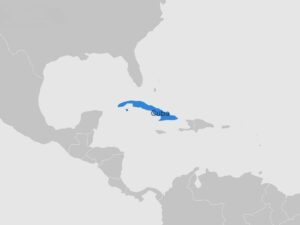
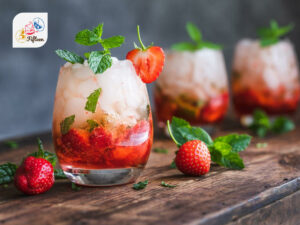
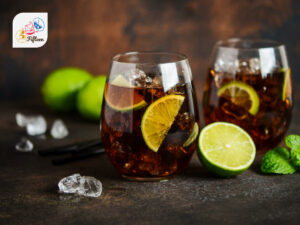
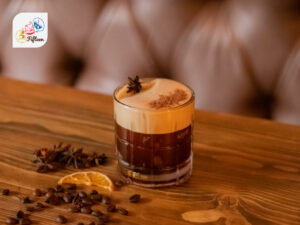
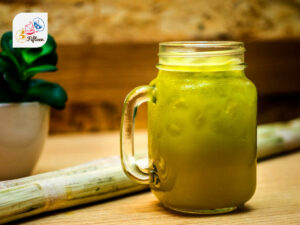
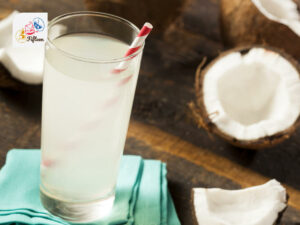

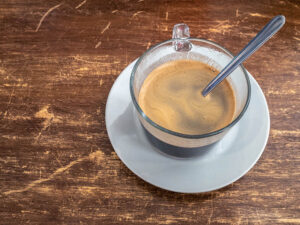
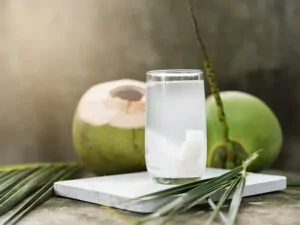
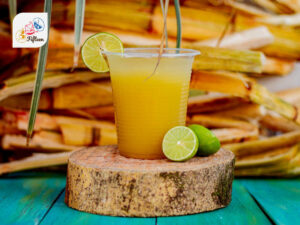
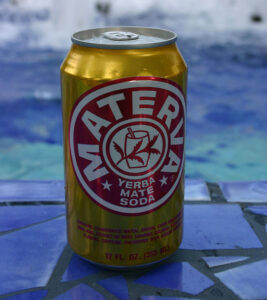
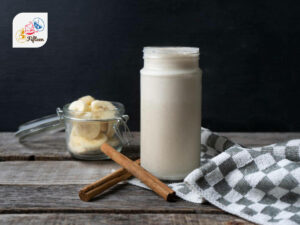
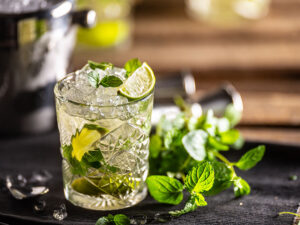

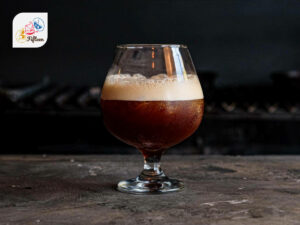
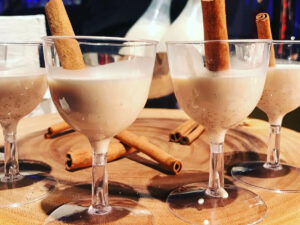
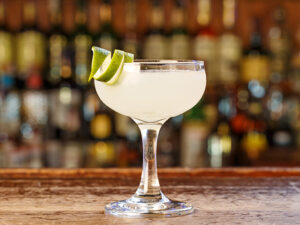
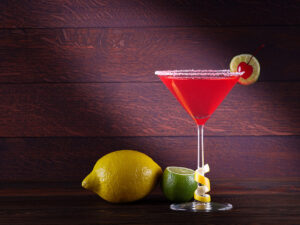
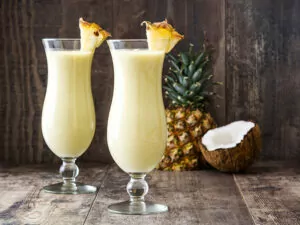
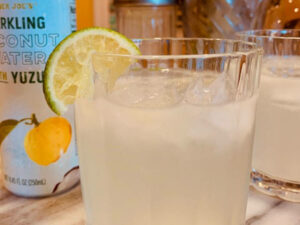
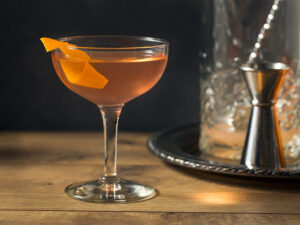
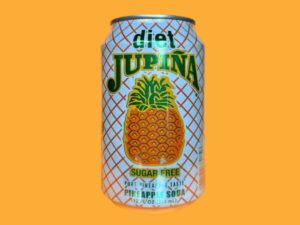
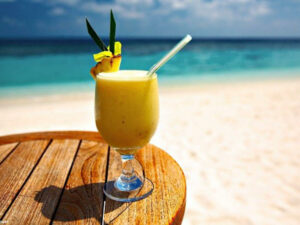
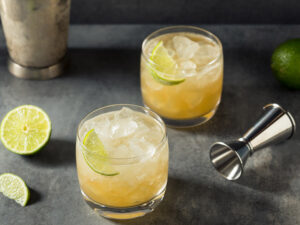
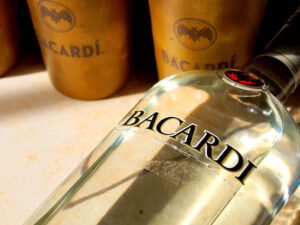
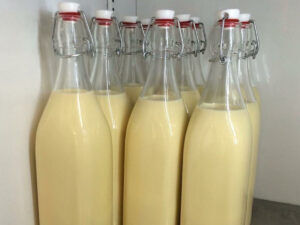
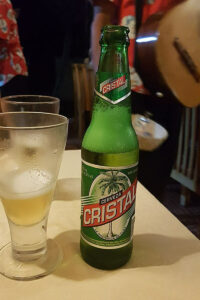
Jamie Scott
Editor in Chief, Senior Content Writer
Expertise
Home Cooking, Meal Planning, Recipe Development, Baking and Pastry, Food Editor, Cooking-video Maker, Western Food Evaluation Expert
Education
Le Cordon Bleu College of Culinary Arts
Local Community College, New York, NY
Jamie Scott is a skilled culinary expert and content creator specializing in Western cuisine. With over 15 years in the culinary field and formal training from Le Cordon Bleu, Paris, Jamie deeply understands how to blend nutrition with delicious flavors. His passion for cooking matches his commitment to making healthy eating accessible and enjoyable.
On Fifteen.net, Jamie brings a fresh perspective to classic dishes and beverages, offering readers insightful recipes, cooking tips, and a fresh view on meal planning that emphasizes taste, health, and simplicity.